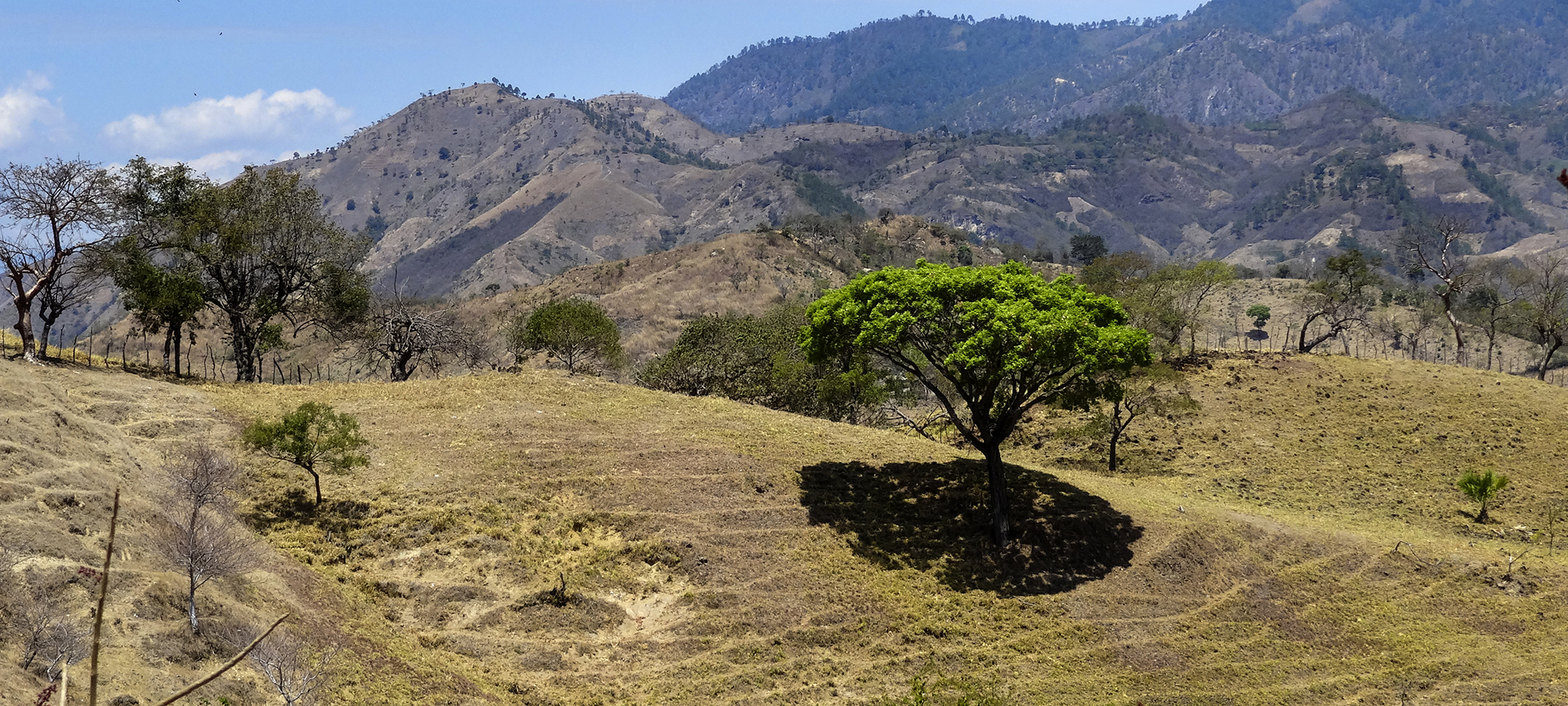
Rural Problems
The question of land is paramount in Guatemala. Guatemala has one of the most unequal land distribution patterns in the world, and the second most inequitable in Latin America (next to Brazil). About 8 percent of commercial agricultural producers in the country occupy almost 80 percent of cultivatable land, whereas 92 percent of subsistence and infra-subsistence producers only use 22 per cent of such land. Thus in rural Guatemala, poor mostly indigenous farmers scrape off a living on the nation’s poorest soils as subsistence farmers, while wealthy finca (large plantation) owners reap the benefits of an agricultural system based on international exports and the exploitation of cheap labour.
Agriculture workers and indigenous peasant populations form 61.4 percent of the population in Guatemala, and land is the basic productive resource for women as it is their source of food and means to exercise their economic, social and cultural rights.”( Consolidated Baseline Report, June 2012, by ActionAid)
Guatemala ranked 131 out of 187 countries on the United Nations Development Programme’s 2011 Human Development Index – a comparative measure of life expectancy, literacy, education and standards of living for countries worldwide.
People living in rural areas are the most vulnerable, and poverty is highly concentrated among indigenous communities, which comprise over 40 per cent of the total population. In fact, government figures indicate that 7 out of every 10 people of indigenous descent live in poverty. Households headed by women also suffer from a lack of assets and access to resources, as do people who own no land, wage labourers, agricultural and non-agricultural micro-entrepreneurs, and traditional handicraft artisans. Agriculture plays an important part in the national economy, accounting for a fifth of GDP and employing about 40 percent of Guatemala’s total labour force, according to the Food and Agriculture Organization. Indigenous and rural communities are primarily involved in smallholder family agriculture based on either subsistence or emerging market-oriented production.
A combination of social and environmental challenges compounds the problems of poverty. Although Guatemala is a multi-ethnic country, indigenous groups have traditionally been excluded from its social, economic and political mainstream. This situation is exacerbated by Guatemala’s complex topography. The rugged terrain and lack of roads have kept rural communities remote from the rest of the country, and centuries of isolation and neglect have resulted in chronic poverty.
The terrain itself also presents challenges to farming. High mountains and dense forests provide little agricultural space, and farming takes place predominantly on steep slopes. With few reliable water sources, farmers must rely on rainfall to irrigate crops.
Additionally, the degradation of natural resources in the country is intense, particularly as a result of the illegal exploitation of forests and slash-and-burn subsistence agriculture. The overexploitation of land and water resources has resulted in lower productivity of basic crops, which has increased food insecurity for poor smallholder families. Food insecurity is compounded by volatile food prices, which severely affect subsistence farmers, day labourers and non-farming poor rural people.
At the same time, many studies show an increase in droughts – as well as hurricanes and even diseases such as malaria – linked to changing weather patterns in Guatemala and the rest of Central America. To adapt to climate changes, poor rural people have to change the way they plant crops, use forests and think about the environment.”(Rural Poverty in Guatemala/ IFAD – International Fund for Agricultural Development)
